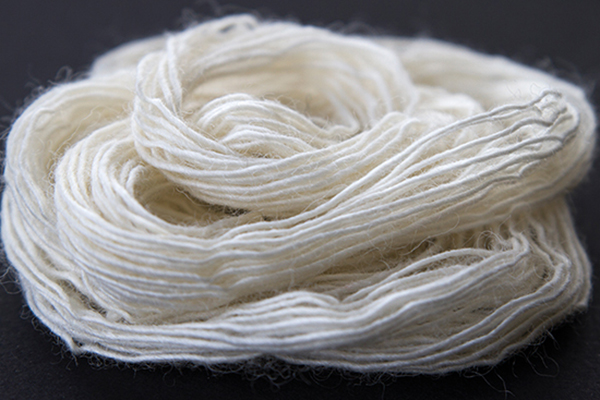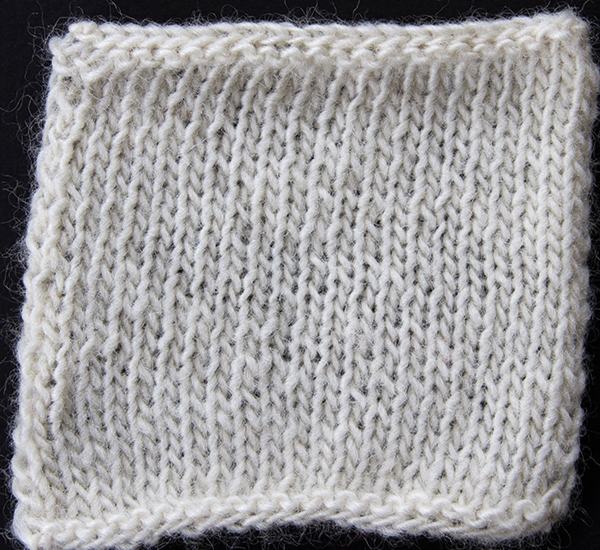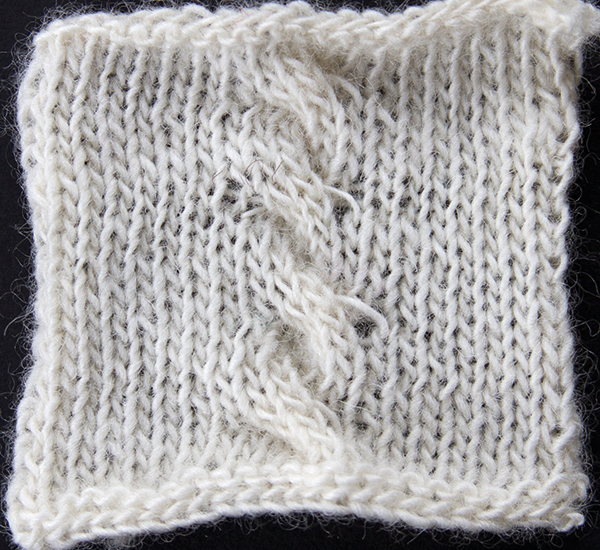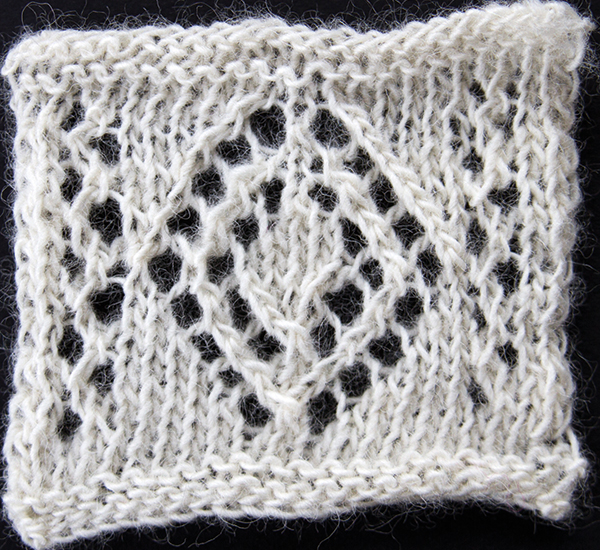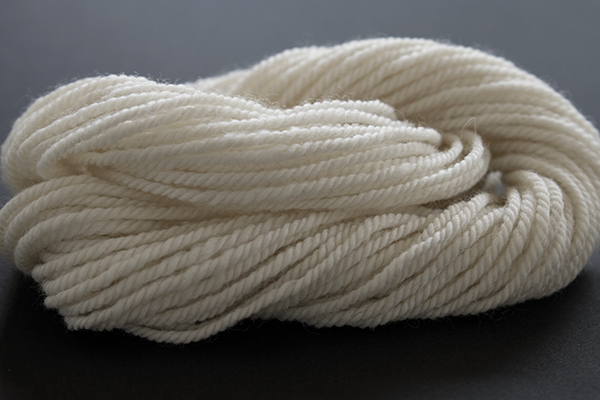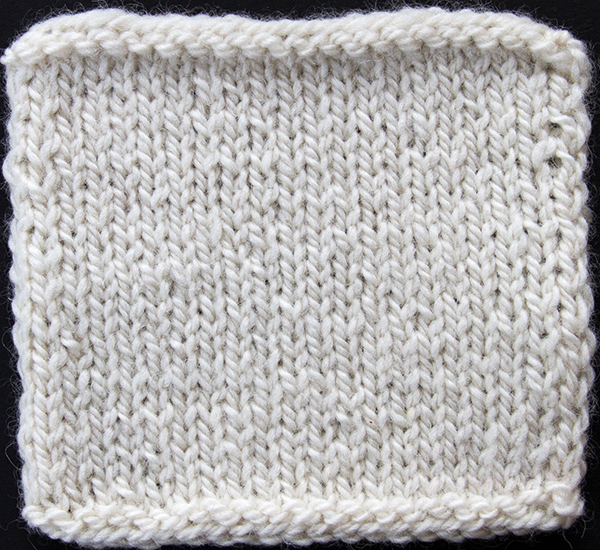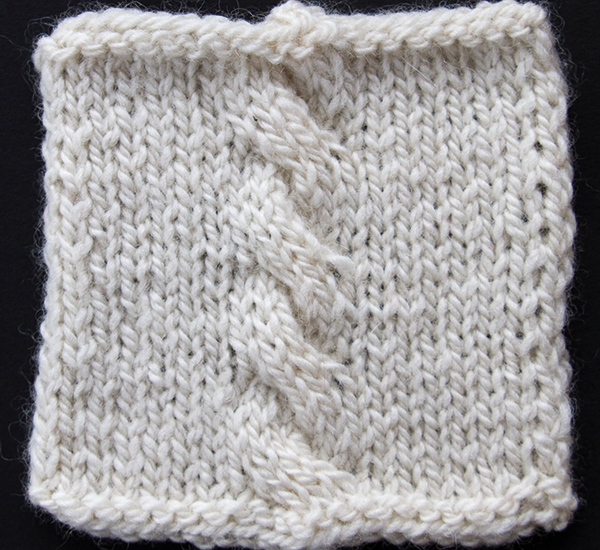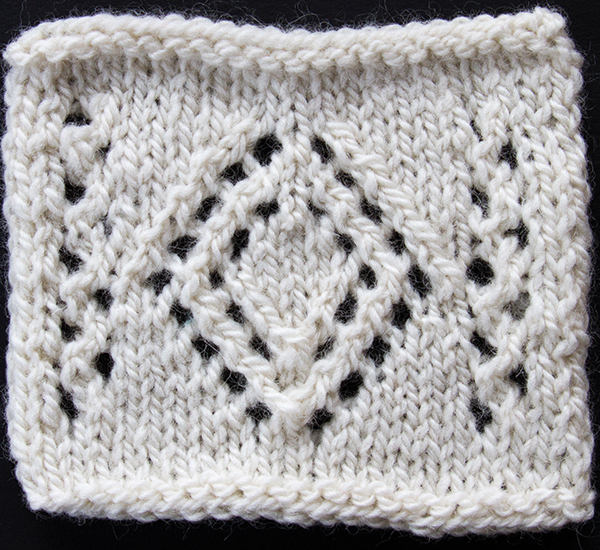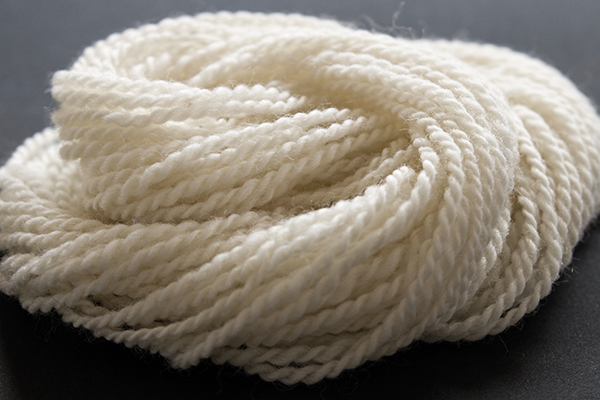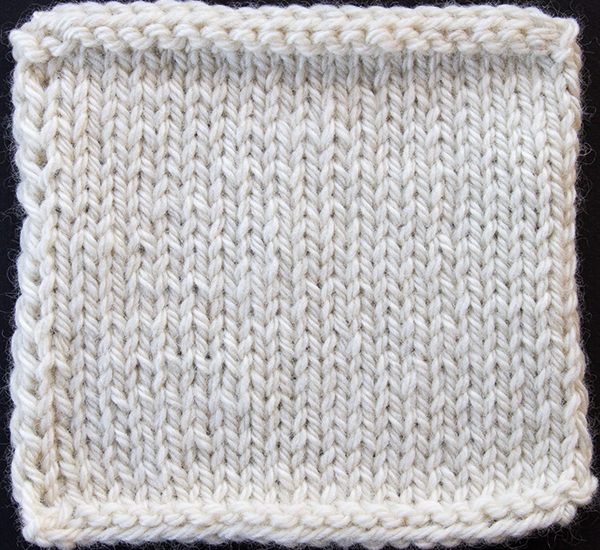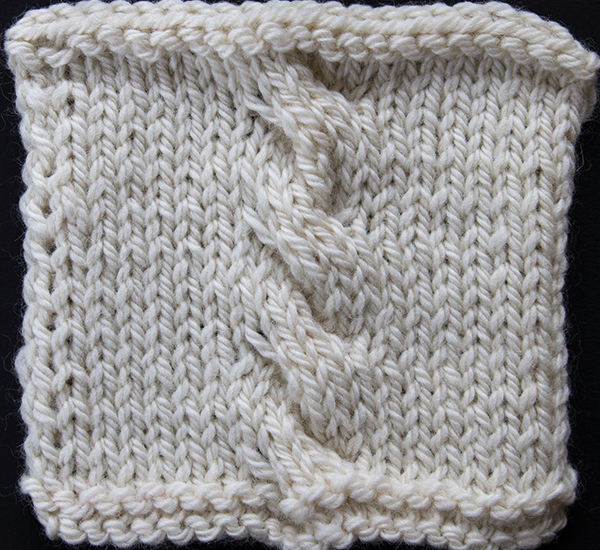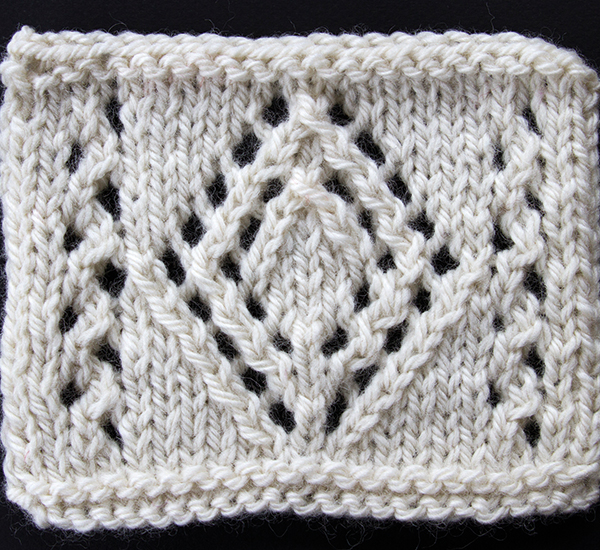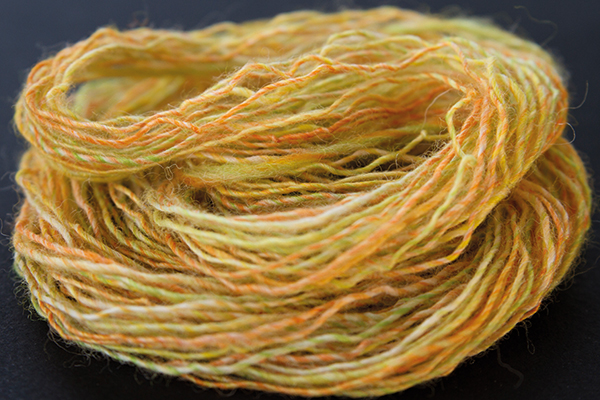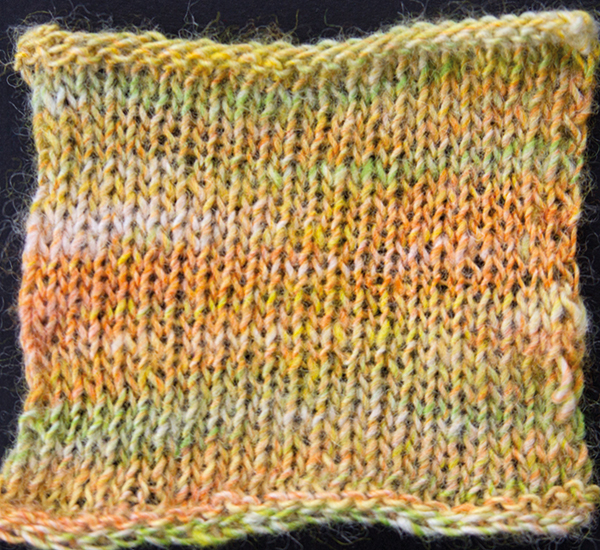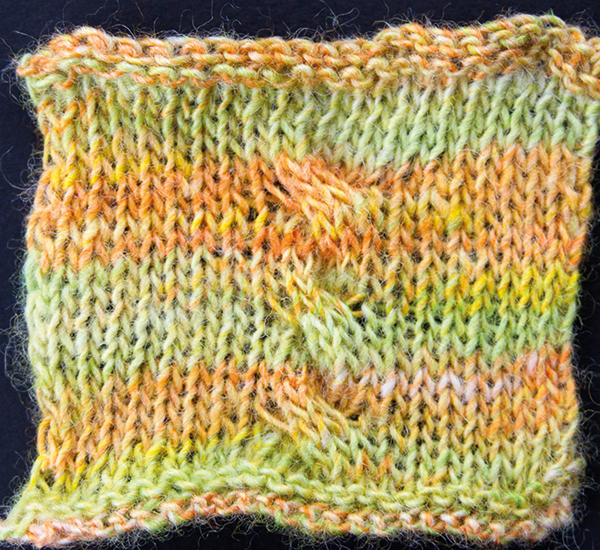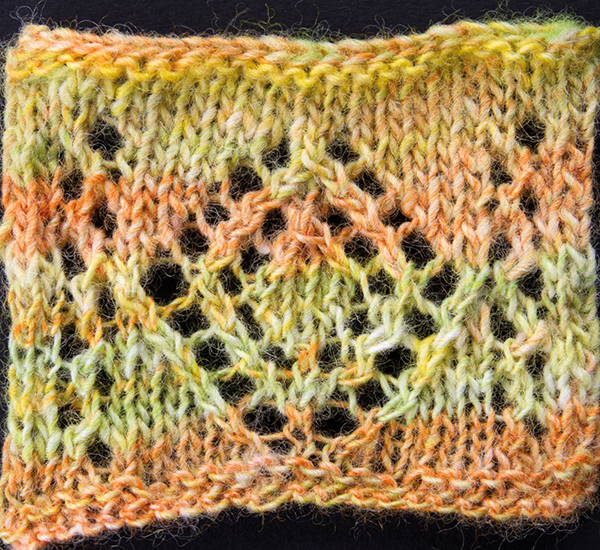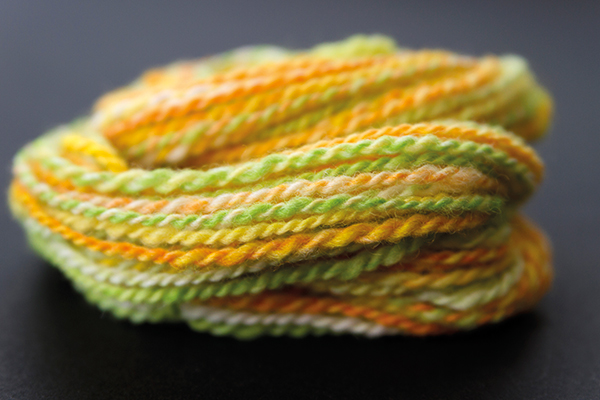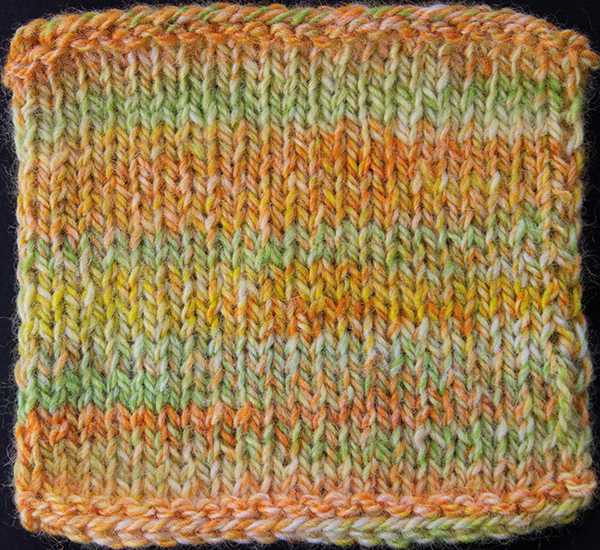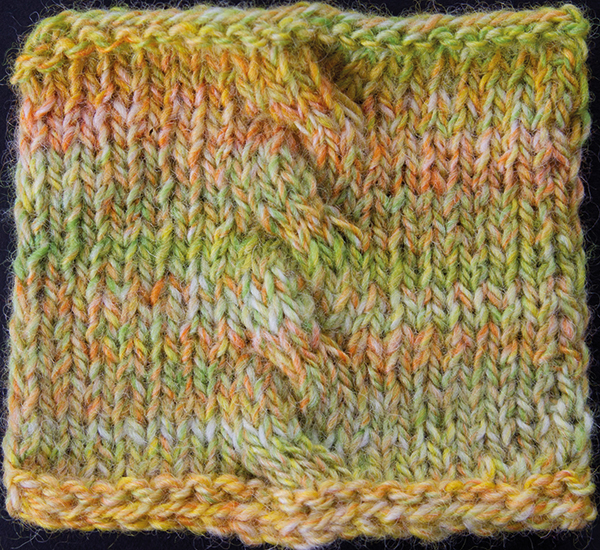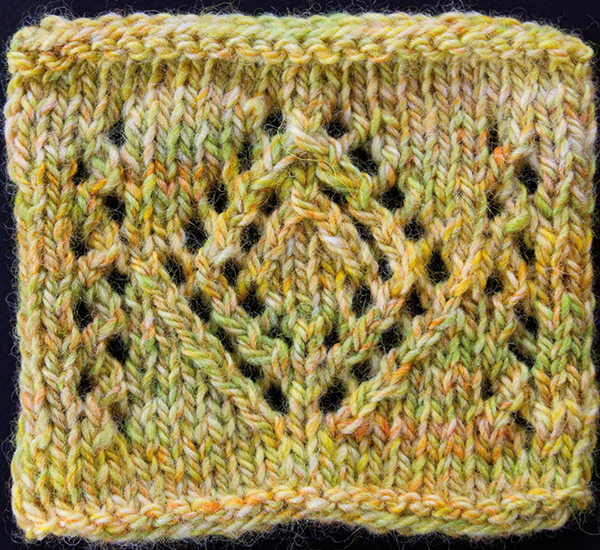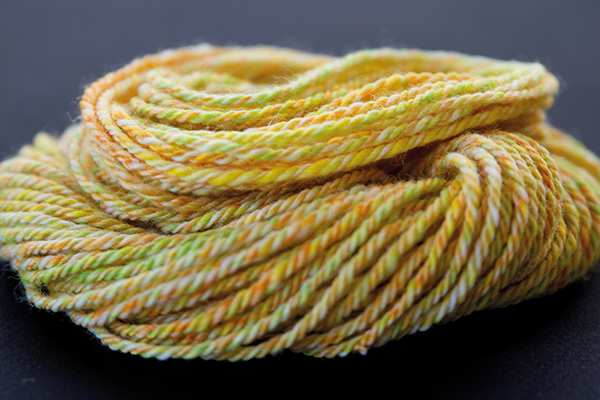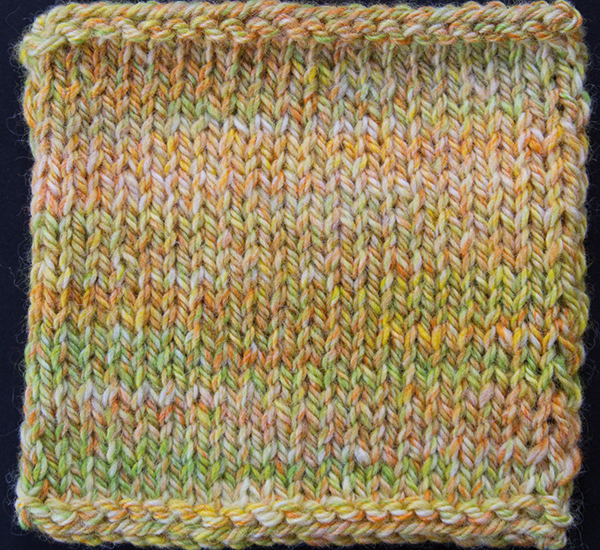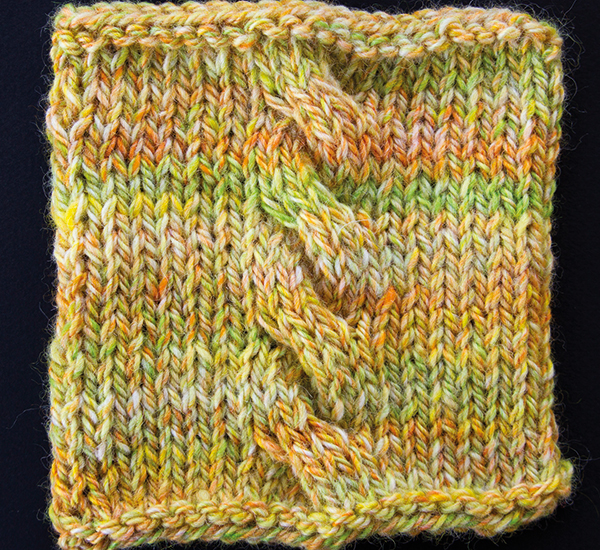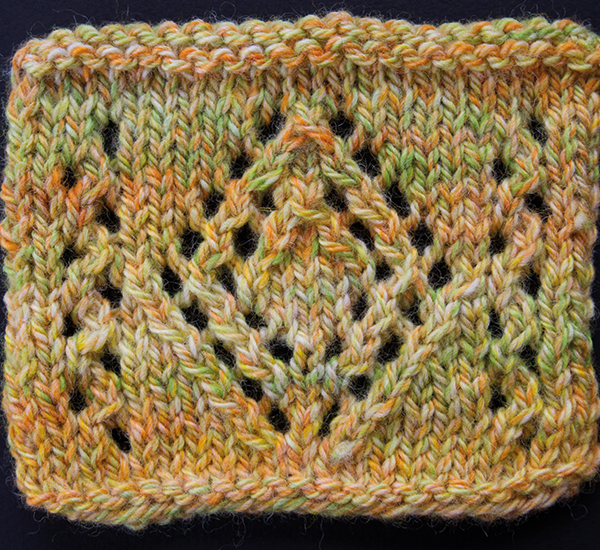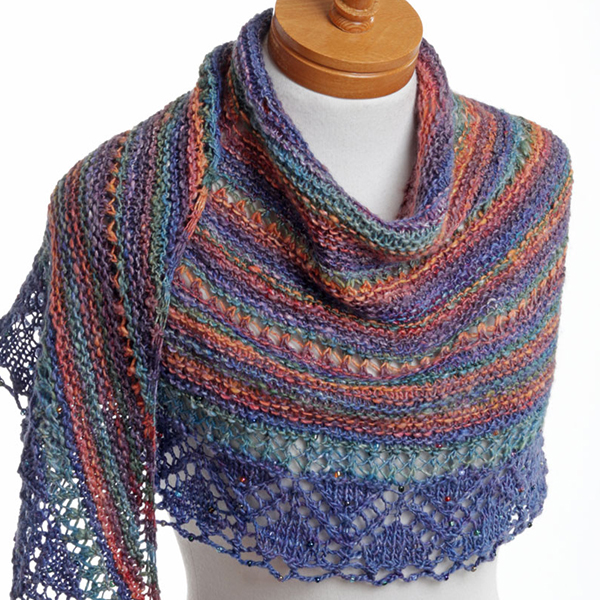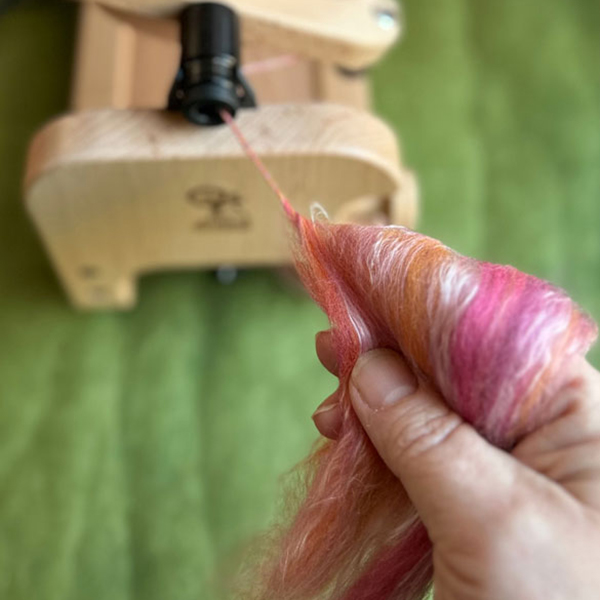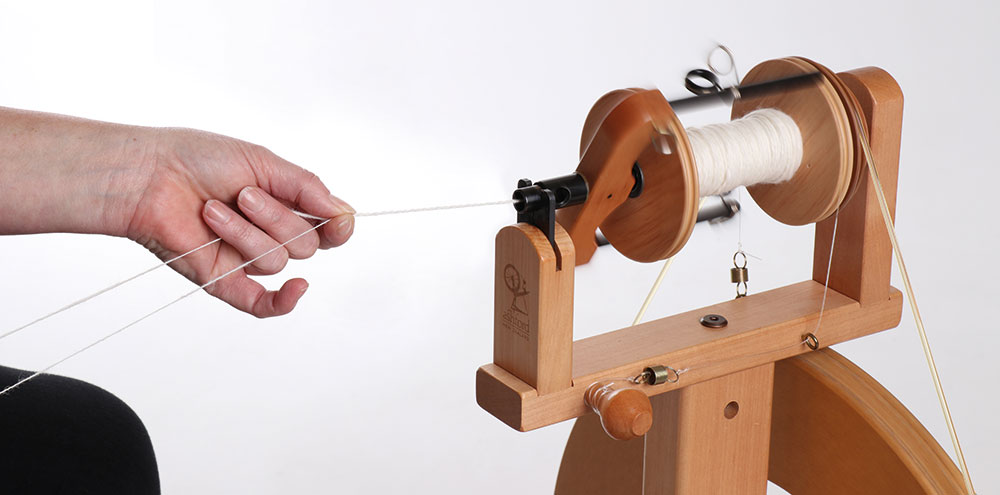
Plying with Jo Reeve
Ply – it’s such a little word but one with a big meaning. A plied yarn is one in which multiple strands of spun singles are twisted together, usually in the opposite direction to that in which they were spun. There are many ways we can ply – two or more strands, novelty yarns, art yarns, cable yarns, and yarns with amazing colour effects, to name but a few. Plying is exciting – no matter which colours or textures are in the singles, or how they are plied, a beautiful new yarn is being created. Here is a great article on Plying, by Jo Reeve.
Jo is the author of the very popular The Ashford Book of Carding and The Ashford Book of Hand Spinning. She is also a member of the Professional Weavers Network of New Zealand and Creative Fibre New Zealand.
I hope you enjoy this article.

Why do we ply?
Balance – plying removes twist from each of the singles for a balanced yarn – one that does not twist upon itself. Uniformity – plying evens out singles for a more uniform yarn. Strength and durability – plied yarns are stronger and more durable than singles – two, three, four or more singles can be plied. More strength is added to the yarn with the addition of each strand. Loft – plied yarns are lighter than a single of the same thickness. Texture – create textured yarns from a subtle spiral to an art yarn, and everything in between. Lustre – plying emphasises the sheen in fibres such as silk, suri alpaca, and Blue Faced Leicester.
How much twist?
There is no single answer to this as it depends on two important points – how much twist is in the singles, and the intended use of the plied yarn. The amount of twist in the singles is usually determined by the crimp in the raw fibre. Generally, the more crimps per centimetre the finer the fibre which means more twist is needed to hold them together. If you’re not sure, make a short plying sample before you finish spinning your singles. Pull a 20cm (8ins) length of freshly-spun yarn off the bobbin and, keeping it under tension, fold it in half and let it ply back on itself. Is it suitable for your intended project? If the yarn looks under-plied with gaps between the two singles, you will need one or two more treadles in the plying. If the yarn feels hard and plies back on itself, fewer plying twists are needed. Once you are happy with the sample, snip it off and use it to refer to while you are plying.
How to ply
Plying removes twist from the singles by spinning in the opposite direction to that of the singles. Assuming you have spun them Z twist (clockwise), you will be plying S twist, or anticlockwise. Working with a good rhythm is the key to evenly-plied yarn. Many spinners like to count the number of treadles before feeding the yarn onto the bobbin. Try this for your first efforts – as you become comfortable with the plying process you will find a natural rhythm and won’t need to count.
Freshly spun singles are lively and full of energy. To prevent them twisting back on themselves while plying, place your lazy kate about 1m (3ft) behind your spinning chair. Attach the two singles to the leader and pinch lightly with your front hand. Holding your back hand close to your body and in line with the orifice, use one finger to separate the threads. For even plying, keep the singles taut. Treadle anticlockwise, letting the twist run down the length of the two singles, sliding your front hand lightly along the plied yarn until your two hands meet, then pinch and feed the yarn into the office. Depending on your treadling speed, it will take 4-6 treadles for the twist to accumulate along the length of the singles. Adjust the tension if you need to so that the yarn is pulling on at a steady rate. The bobbin will fill up quickly so be sure to move your yarn to the next hook at regular intervals.
All hand spun yarns, single or plied, benefit from resting to set the twist. I like to let my plied yarn rest on the bobbin for about 24 hours before washing.
The way we ply can be the difference between a good yarn and a fantastic yarn. This applies not only to the aesthetics of the yarn, but whether it is fit for purpose. Some yarns are simply better suited to a particular knitting stitch. I made samples of single, two-ply and three-ply yarns to compare stocking stitch, cables and a simple lace pattern using plain and variegated yarns. They are a wonderful resource for planning future projects. For a fair comparison, my singles were spun worsted style with the same amount of twist and the same thickness from Ashford Corriedale sliver. I would love for you to be able to touch the samples but as that’s not possible, I’ll do my best to describe them. The results certainly are interesting.
PLAIN COLOUR YARNS
Singles
Stocking stitch: An unbalanced yarn with strong vertical lines and bias in the knitting.
Cables: Limp fabric and the cables do not ‘stand up’.
Lace: There is some bias in the stocking stitch areas of the knitting, but not in the lace. The sample is soft and drapey, and the lace is open and well defined.
Stocking stitch: A balanced yarn with no bias in the knitting. The fabric is soft with good stitch definition.
Cables: Better stitch definition in the cables than the single yarn.
Lace: The lace holes are open but not as good as the single yarn.
Three-ply
Stocking stitch: A beautiful smooth, rounded yarn with stitches that sit snugly together and line up well. A very firm fabric.
Cables: The cables ‘stand up’. Much better stitch definition than the two-ply yarn.
Lace: The fabric is firm with no drape and the lace area is not as open as the single yarn.
VARIEGATED YARNS
These days there are many beautiful colourways available for spinners. I wanted to see what would happen when I knitted the same samples using variegated yarns. They were spun from drum carded batts.
Singles
Stocking-stitch: Clear, bright blocks of colour.
Cables: Limp fabric. The cables are flat and lost amongst the colour variation.
Lace: The lace holes are open and clear. The pattern is still obvious amongst the colour variation.
Two-ply
Stocking-stitch: Bright, clear colours.
Cables: Good stitch definition in the cables but some depth lost in the colour variations.
Lace: The lace holes are open and the patterning is still clear but not as good as the single yarn.
Three-ply
Stocking-stitch: The colours are soft and subtle – not as bright as in the single and two-ply yarns.
Cables: Great stitch definition even with the variation in colours.
Lace: The rounded yarns ‘fills’ the lace holes which are less open than the single and two-ply yarns.
In conclusion:
Single yarns: Great for showing off colour in stocking stitch. I would not use a single yarn for cables. The fabrics are limp and the cables do not ‘stand up’. This would be a beautiful yarn to use in an all-over lace pattern. It is lightweight, drapey, the lace holes are open and there is no problem with splitting plies during knitting.
Two-ply: Also great for showing off colour variations in stocking stitch. An all-round yarn with good stitch definition for most knitting projects.
Three-ply: The ideal yarn for creating subtle colour variations. The perfect yarn for the best stitch definition in cables. A firm, hard-wearing fabric for outerwear that would have very little pilling.

